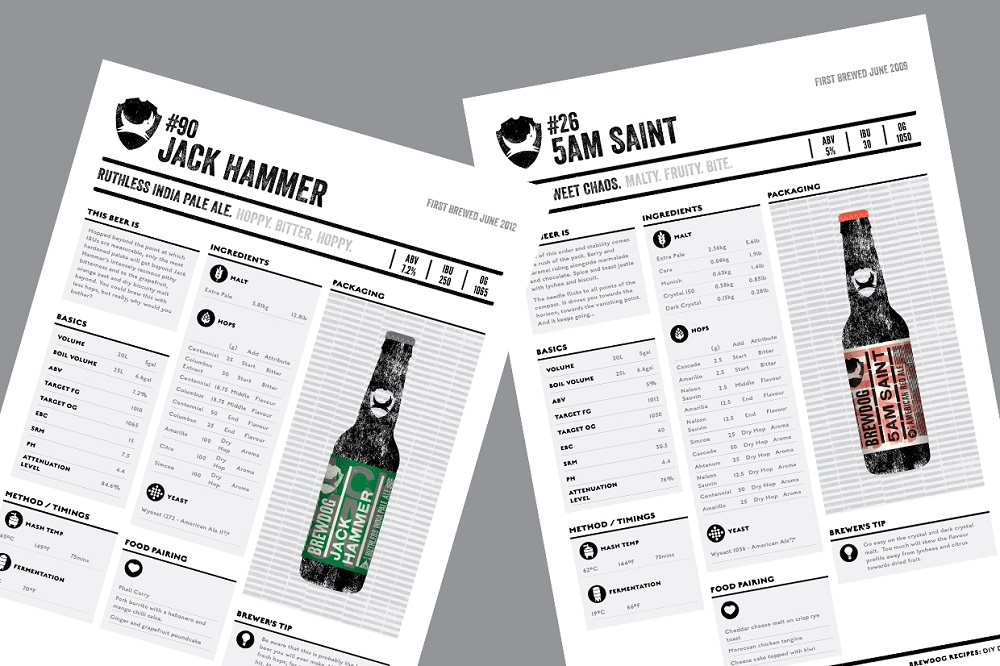
“The interplay between the user and the provider will be so in simpatico it’s going to crush our ideas of what mediums are all about…. the idea that the piece of work is not finished until the audience come to it and add their own interpretation, and what the piece of art is about is the grey space in the middle. That grey space in the middle is what the 21st century is going to be about.” – David Bowie
The passing of David Bowie has brought so many tributes to his creative genius over the past few months, reminding us of the influence of transgressional innovators in all walks of life and business, and spanning industries from music to technology, finance to fashion, and beyond. Today, these prophetic words from Bowie perfectly sum up how brands should now face the future and their relationship with an evolving 21st Century consumer. Brands need to find their own “grey space in the middle” – a space in which consumers can feel engagement in the form of reliance on, and connection with, their chosen brands while also allowing them to easily interpret, create, and curate records of their lives and lifestyles, rather than just being on the receiving end of the “finished” product.
The discerning and demanding Millennial consumer is as important as ever. But, with a new generation growing up in their wake, and the Millennials themselves starting to mature, brands need to keep pace with a long and growing list of wants and desires: quality, transparency, dialogue, personalisation, convenience, and ease of use, to name but some. Millennials currently favor brands such as Netflix, Instagram, and Airbnb – all service providers that have become a seamless part of our lives, but ones that we still feel we have control over. Brands need to continue to influence these influencers, building on the premise of this ideal and offer, to continue to give back control through new ideas that inspire, services that enable, and products that they can ultimately affect.
SEE ALSO: The Responsibility of an Iconic Brand in a Changing World
Snapchat is a timely example. It is rolling out a new feature for its maturing Millennial audience, using algorithmic suggestions towards developing and customizing investment strategies to help its fan base save for retirement. And while co-creation and open-source platforms and initiatives will continue to be important to this audience – and may become a part of this new brand space – it’s about focusing on how we can also take this interplay to yet another level.
The popularity of new app brands, like Launchpad and Squarespace, is testament to the direction that brands should be looking to take. From a more recreational angle, Launchpad gives you the tools to create and publish your own dance songs in minutes – helping you to become a facilitator of your own creativity rather than just documenting via a creative bulletin board such as Instagram or Pinterest – while Squarespace provides the framework to build professional web pages on a subscription basis.
However, it’s not just about creating new apps to quickly tap into this space, nor is it about jumping on the trend for creating generic, unbranded, or even gender-less brands. There really is no ready or prescriptive answer, but brands do need to truly challenge themselves to think about establishing and facilitating a truly new space, along with how they can essentially become an integral and evolving part of their consumers’ lives and lifestyles (upon which they ultimately add their own interpretation and influence).
RELATED: How Big Brands Foster Global – Yet Regional – Loyalty and Awareness
In this spirit – and in a bold and never-attempted-before move – Scottish craft brewer, BrewDog, recently launched its “DIY Dog” initiative to encourage home brewers by offering every single one of its recipes to the public with the message:
“So here it is. The keys to our kingdom. Every single BrewDog recipe, ever. So copy them, tear them to pieces, bastardise them, adapt them, but most of all, enjoy them. They are well travelled but with plenty of miles still left on the clock. Just remember to share your brews, and share your results. Sharing is caring.”
It is too early to tell just how this will impact BrewDog, either creatively or commercially, but you have to admire their foresight and understanding that a new interplay and dialogue with consumers is now becoming crucial. Above all is the recognition that a new brand space is about creating a seamless power shift to the consumer, where the brand offer becomes further developed and realized to provide a more unique and individual proposition, curated and ultimately completed by them. And what, in today’s changing times, could be more likely to lead to brand loyalty and longevity than that.
Cover image: Lukas Budimaier
